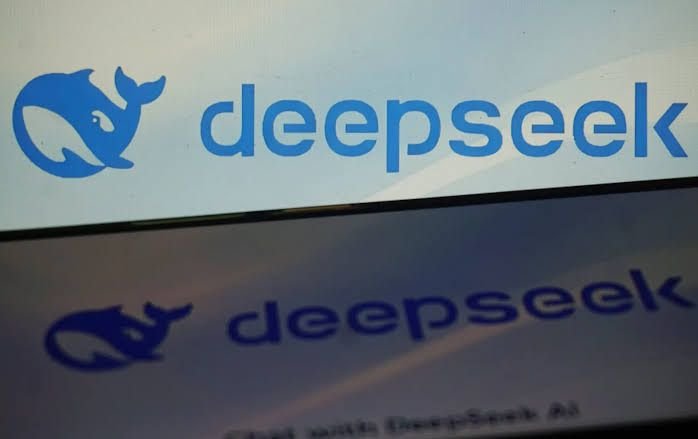
On January 27, 2025, US chip stocks are experiencing a notable decline, primarily driven by competitive pressures from the Chinese AI startup DeepSeek. This report explores the factors contributing to this downturn, the role of DeepSeek in the semiconductor landscape, and the broader implications for the technology sector.
Key Factors Behind the Decline
DeepSeek’s Competitive AI Model
- Launch of Cost-Effective AI Solutions: DeepSeek has recently unveiled an advanced AI model that offers capabilities comparable to those of leading models from established companies like OpenAI and Google. What sets DeepSeek apart is its significantly lower operational costs, which could disrupt pricing strategies in the AI market.
- Market Reaction: Investors are reacting to the potential for DeepSeek’s technology to erode market share from US companies, particularly those heavily invested in high-performance computing and AI applications. This has led to a sharp decline in stock prices for major chip manufacturers.
Impact on Major Chip Manufacturers
- Nvidia’s Stock Plummet: Nvidia, a leader in GPU technology essential for AI development, saw its shares drop over 11% in premarket trading. This decline reflects investor fears that DeepSeek’s competitive edge could diminish Nvidia’s growth prospects.
- Broader Tech Sell-Off: Following Nvidia’s lead, other semiconductor stocks such as AMD and Intel also faced significant losses. The interconnected nature of these companies means that concerns about one can quickly spread to others within the sector.
Concerns Over US-China Trade Relations
- Geopolitical Tensions: The rise of DeepSeek comes at a time when US-China relations are strained. Ongoing trade tensions and potential export restrictions on semiconductor technology have heightened investor anxiety about the future of US tech dominance.
- Regulatory Environment: The possibility of increased scrutiny and regulatory measures against Chinese tech firms adds another layer of uncertainty, prompting investors to reassess their positions in US chip stocks.
The Role of DeepSeek
Innovative Technology Development
- Deep Learning Advancements: DeepSeek has made significant strides in deep learning technologies, enabling them to create models that not only perform well but do so at a fraction of the cost associated with existing solutions.
- Strategic Partnerships: The company has formed partnerships with various Chinese tech firms, enhancing its capabilities and distribution channels, further solidifying its position in the market.
Market Disruption Potential
- Cost-Effectiveness: By offering AI solutions at lower costs, DeepSeek poses a direct threat to US companies that rely on premium pricing for their high-end chips. This could lead to price wars that would squeeze margins across the industry.
- Talent Acquisition: DeepSeek has attracted top talent from leading tech firms, bolstering its research and development capabilities. This influx of expertise is likely to accelerate its innovation cycle and enhance its competitive positioning.
Implications for Investors
Short-Term Volatility
- Investors should brace for continued volatility in chip stocks as market reactions to news about DeepSeek and other competitive threats unfold.
Long-Term Considerations
- While short-term declines may present buying opportunities for some investors, it is crucial to evaluate the long-term prospects of companies based on their ability to innovate and adapt to new market realities.
Diversification Strategies
- Given the unpredictable nature of geopolitical influences and technological advancements, investors may want to consider diversifying their portfolios beyond traditional semiconductor stocks to mitigate risks.
Conclusion
The decline in US chip stocks today underscores the growing competitive landscape shaped by emerging players like DeepSeek. As this Chinese startup continues to innovate and challenge established norms within the AI sector, US companies must adapt or risk losing their competitive edge. Investors should remain vigilant as they navigate this evolving market environment, balancing short-term reactions with long-term strategic planning.







